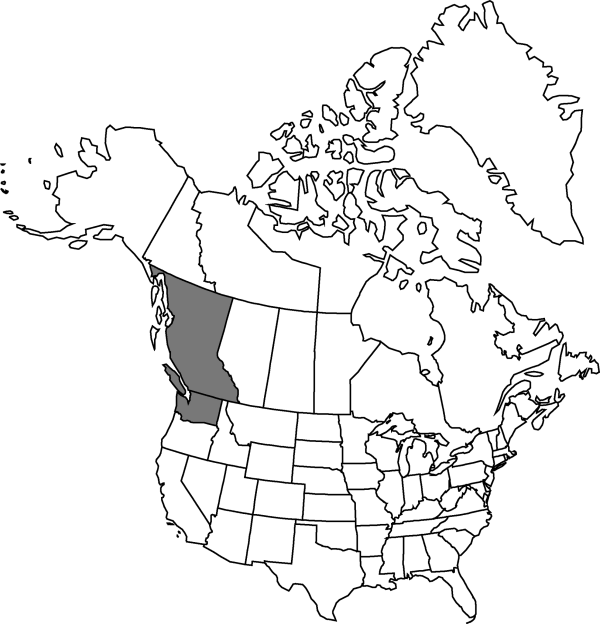Phemeranthus sediformis
Novon 11: 320. 2001.
Plants to 1 dm; roots elongate, fleshily woody. Stems spreading to ascending, branching, bearing ± persistent, arcuate, bristlelike, less than 5 mm, proximal portions of midribs of old leaves, suffrutescent. Leaves sessile; blade subterete, to 1.2 cm, base attenuate. Inflorescences cymose, overtopping leaves; peduncle somewhat scapelike or not, to 5 cm. Flowers: sepals deciduous, ovate, to 4 mm; petals white, sometimes tinged pink or pale-yellow, obovate to suborbiculate, to 8 mm; stamens 15; stigma 1, subcapitate. Capsules subglobose, trigonous, to 4 mm. Seeds without arcuate ridges, 1 mm.
Phenology: Flowering May–Jul.
Habitat: Slopes, ledges, rocky soil
Elevation: 1000-2000 m
Discussion
Of conservation concern.
Phemeranthus sediformis is poorly known and merits further study in the field and better representation in herbaria. When its characters and their ranges of variation are better known, it may prove to be indistinct from P. spinescens.
Selected References
None.
